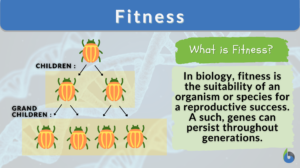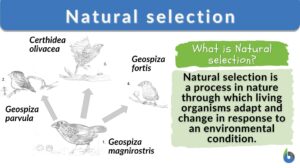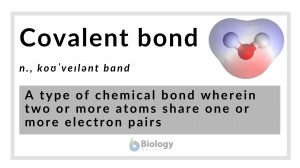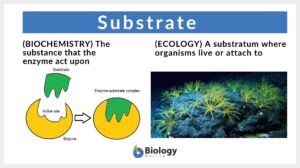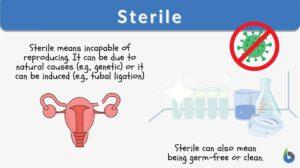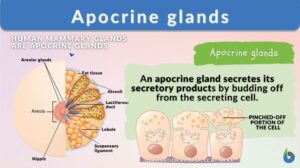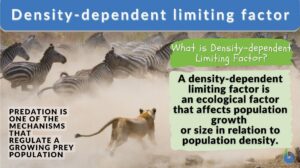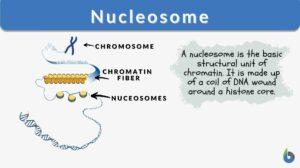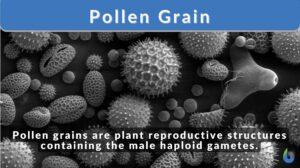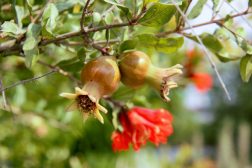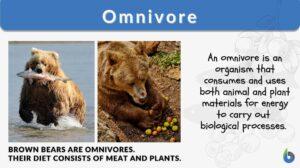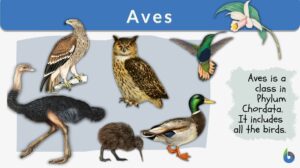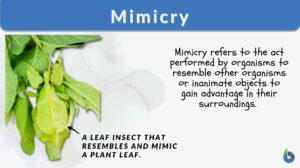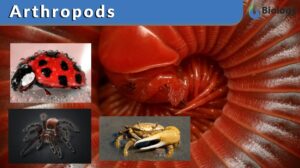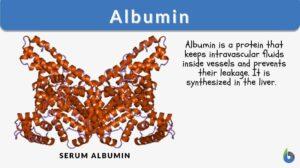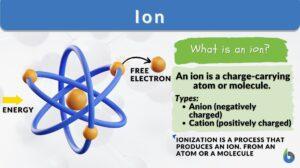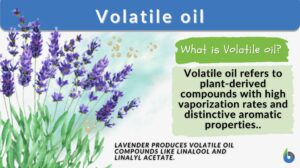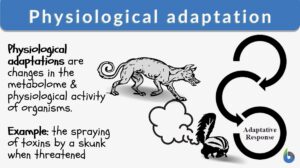Search Results for: attract
Natural selection
Natural Selection Definition What is natural selection in biology? Natural selection is defined as a process in nature... Read More
Covalent bond
Covalent Bond Definition What is a covalent bond? In chemistry and other fundamental science fields, a covalent bond is... Read More
Diurnality
Definition noun, plural: diurnalities (1) The condition of occurring or being active during the day (2) The active behavior... Read More
Angiosperm
Angiosperms Definition What is an angiosperm? An angiosperm is a plant that produces flowers. The angiosperms, also... Read More
Apocrine gland
The human body is a complex assemblage of many different organs, systems, glands, bones, and tissues. Weighing any one over... Read More
Chemotaxis
Definition noun The directional movement of an organism or a living motile cell in response to certain diffusible chemicals... Read More
Primary succession
Primary Succession Definition Primary succession is an ecological succession where a newly formed area is inhabited for the... Read More
Density dependent limiting factor
What Is A Density-Dependent Limiting Factor? Density-dependent limiting factors are limiting factors, which, depending on... Read More
Feedback mechanism
Feedback Mechanism Definition What is a feedback mechanism? A feedback mechanism is a physiological regulation system in a... Read More
Nucleosome
Nucleosome Definition Every organism is made of deoxyribonucleic acid, also known as DNA. DNA is made up of numerous... Read More
Malpighian tubule
Definition noun, plural: Malpighian tubules A tubule extending from the interior (alimentary canal) to the exterior of many... Read More
Glycosaminoglycan
Definition noun (biochemistry) The polysaccharide unit of proteoglycan Supplement Glycosaminoglycans are the polysaccharide... Read More
Pollen Grain
What are Pollen Grains? Plants are unique structures and so they carry out mechanisms in special ways. Fertilization in... Read More
Keratinocyte
Definition noun, plural: keratinocytes The predominant type of cell in the epidermal layer of the skin Supplement The skin... Read More
Ionic bond
Definition noun plural: ionic bonds A type of chemical bond in which atoms, ions, or molecules are held together by... Read More
Fruits, Flowers, and Seeds
Flowering plants grow in a wide variety of habitats and environments. They can go from germination of a seed to a mature... Read More
Hyaline cartilage
Hyaline Cartilage Definition Before we define hyaline cartilage, let us understand what cartilage is. What is cartilage? Is... Read More
Luciferase
Definition noun, plural: luciferases Any of the group of enzymes that act on the oxidation of luciferin of bioluminescent... Read More
Bioluminescence
Definition noun The production and emission of light by an organism; the capability of an organism to produce and emit light... Read More
Volatile oil
Volatile Oil Definition Volatile oils are aromatic compounds that are characterized by their volatility and inability to... Read More
Physiological adaptation
If we look over evolutionary history, we find that it’s neither the most genius and intelligent nor the strongest and the... Read More
Scent glands
scent glands exocrine glands in animals which secrete scents which either repel or attract other animals, e.g. Perianal... Read More
